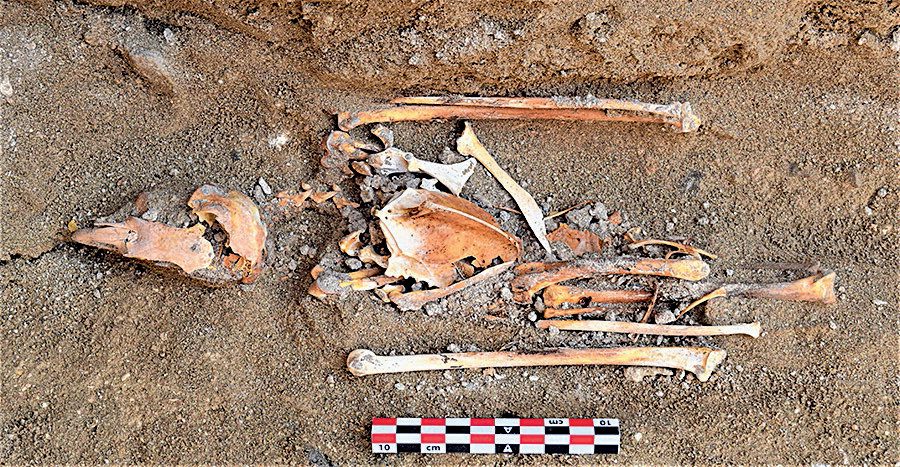Archaeologists have discovered a shrine in a temple in Egypt that describes a ritual never seen before. It comes from the religious complex of the ancient seaport of Berenike, a city that dates back to the third century BCE. The complex itself is a lot more modern having been built over 700 years later, during the decline and final century of the Western Roman Empire.
The newly found place of worship has been named the “Falcon Shrine” by researchers due to the material found that suggests a ritual function associated with a falcon cult, and dates from the fourth to sixth centuries CE. During this time, the city was partially occupied by the Blemmyes, a nomadic group of people from the Nubian region who had spread to many other areas of Egypt’s Eastern desert.
This finding gives new insight into the religious practices of the Blemmyes and how they merged them with the Egyptian belief system. The most incredible find, giving the shrine its name, was the discovery of 15 falcons – most of them headless – buried within the temple. The burial of mummified falcons has been found in other temples but usually only one on its own. Finding multiple birds together with eggs is a unique discovery.
Complete skeleton of an adult peregrine falcon found in the southeastern corner of the inner room of the complex. Image credit: Oller Guzmán et al., 2022, American Journal of Archaeology
“The material findings are particularly remarkable and include offerings such as harpoons, cube-shaped statues, and a stele with indications related to religious activities,” Professor Joan Oller Guzmán, the Sikait Project research team director said in a statement.
Among the material findings, the stele is particularly intriguing. The stele is believed to depict a procession of gods and bears an inscription that reads: “It is improper to boil a head in here.” A prohibition such as this in a religious temple has not been seen before in Berenike and implies that performing that ritual in the temple was a profane activity. It was likely performed elsewhere.
According to Professor Oller, “all of these elements point to intense ritual activities combining Egyptian traditions with contributions from the Blemmyes, sustained by a theological base possibly related to the worshipping of the god Khonsu. The discoveries expand our knowledge of these semi-nomad people, the Blemmyes, living in the Eastern desert during the decline of the Roman Empire.”
The team’s working hypothesis is that this shrine is older and had a different use before the Blemmyes arrived and repurposed it for their religious ceremonies. As Egyptian religious ceremonies continued to take place at the same time in Berenike, it is possible that these semi-nomadic people included Egyptian traditions in their practices, adding new rituals.
The work was published in the American Journal of Archaeology.
Source Link: Shrine With Never-Before-Seen Ritual Discovered In Egyptian Temple
